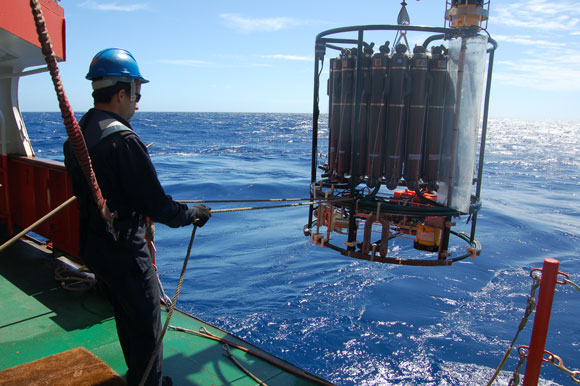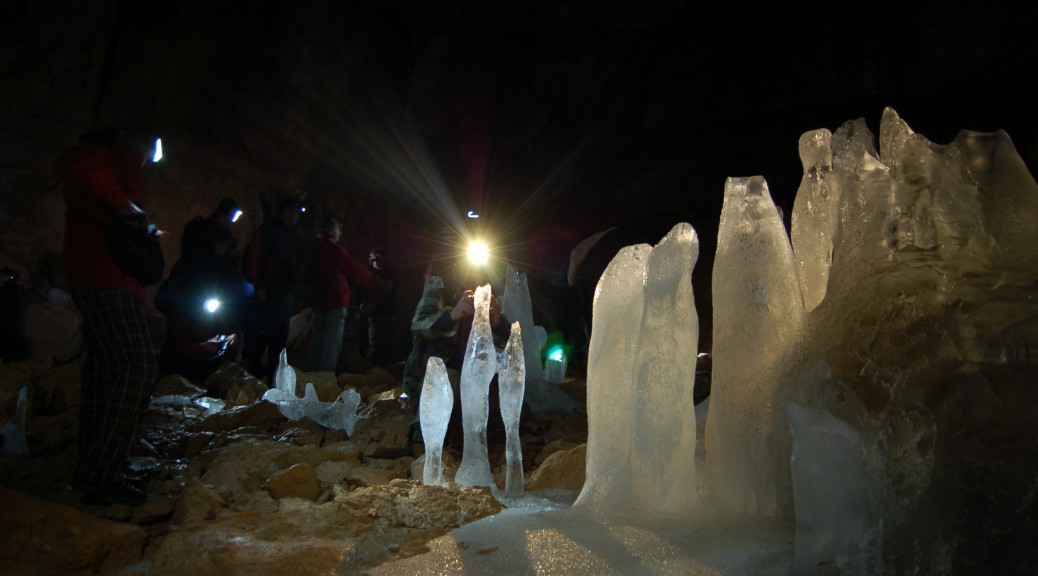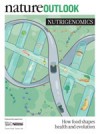When biochemist Anthony Norman earned tenure at the University of California (UC), Riverside, he thought he’d never have to apply for a job again. But that was before he retired.
Norman, a professor emeritus, continues to run the laboratory he started in 1963. But he recently became a professor of the Graduate Division, a title reserved for retirees who “are fully engaged in research and/or other departmental and campus activities,” his new appointment letter says. Norman, who will draw his pension instead of a salary, believes the new position will help his post-retirement research career. “It used to be that when you retired your title became X emeritus. That doesn’t help you when you write up a grant application,” Norman says. In contrast to professor emeritus, professors of the Graduate Division prove their value every 3 years by passing the same departmental merit review used to grant pay raises to regular faculty members. “We have to jump through the same hoops as everyone else,” he says.


